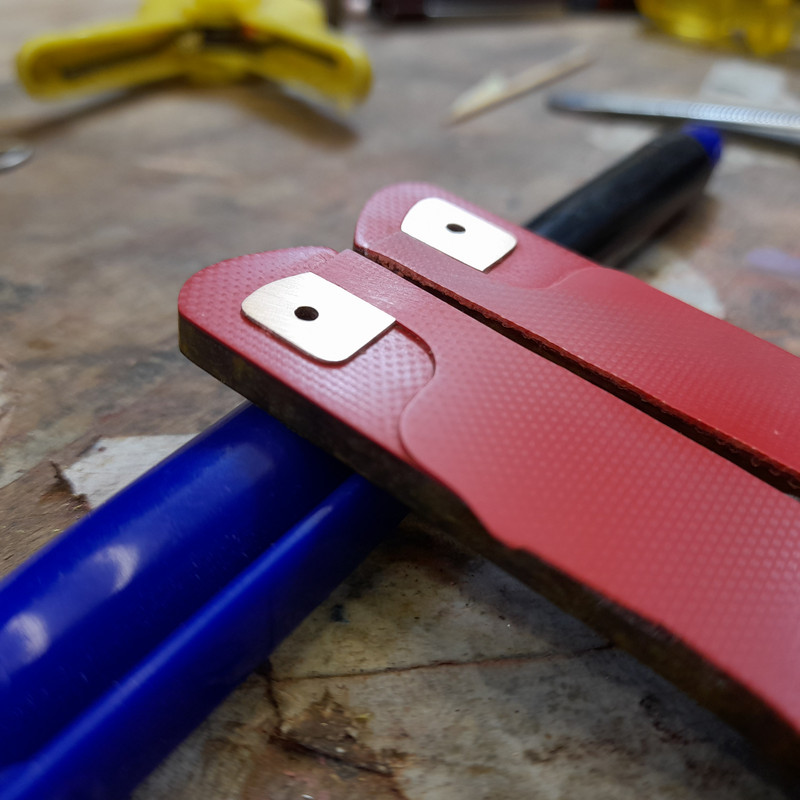- Joined
- Nov 9, 2006
- Messages
- 529
In searching I've come across two ideas for relieving liners without a mill. The first was an old post briefly mentioned a European technique of actually relieving the blade and not the liner. But the post didn't describe in detail and mentioned a surface grinder.
Another Idea I read involved etching away the area of relief. I tried experimenting with my etching unit and didn't seem to do much.
Any suggestions ideas of what can be achieved without a mill or surface grinder? I have relieved G10 liners using my drill press and dremel inlay bit.
thanks.
Another Idea I read involved etching away the area of relief. I tried experimenting with my etching unit and didn't seem to do much.
Any suggestions ideas of what can be achieved without a mill or surface grinder? I have relieved G10 liners using my drill press and dremel inlay bit.
thanks.

